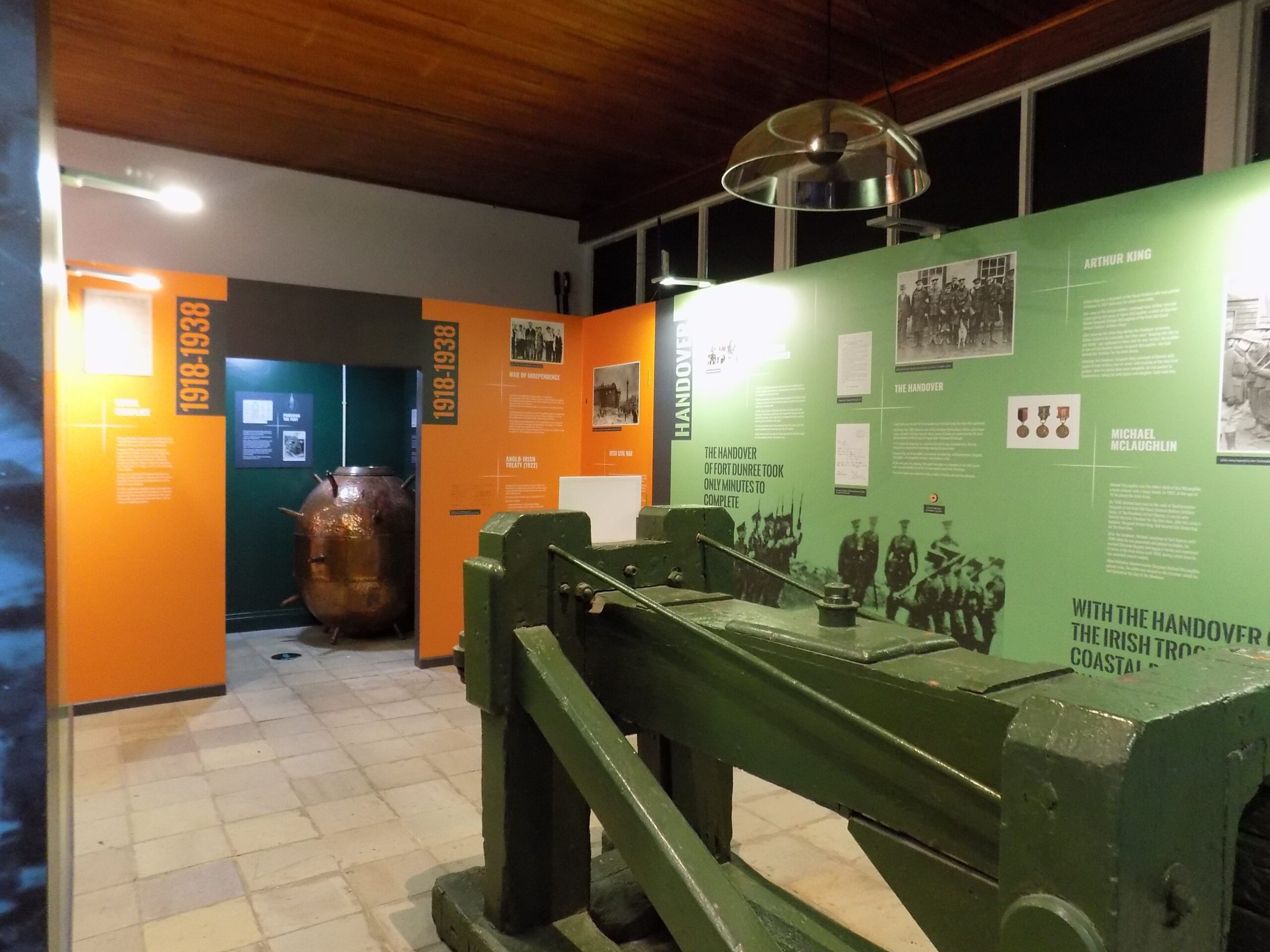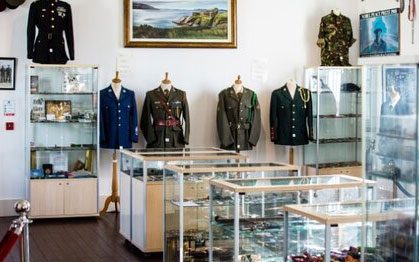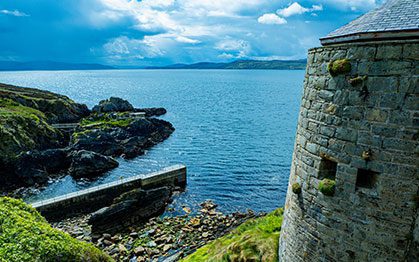This website uses cookies to help deliver its services. By using this website, you agree to the use of cookies as outlined in our Privacy Policy.
Lough Swilly has long been of immense historical significance.
The Norsemen and later the Ango-Normans and the mercenary soldiers, the Gallowglasses used the Swilly when coming to Ireland.










